In Karnataka, agriculture is the major occupation of the majority of the rural population. In Karnataka, agriculture is heavily dependent on the southwest monsoon. While only 26.5% of the sown area (30,900 km²) is under irrigation, 64.60% of the total geographical area is under cultivation. Let’s check out district-wise crop production in Karnataka.
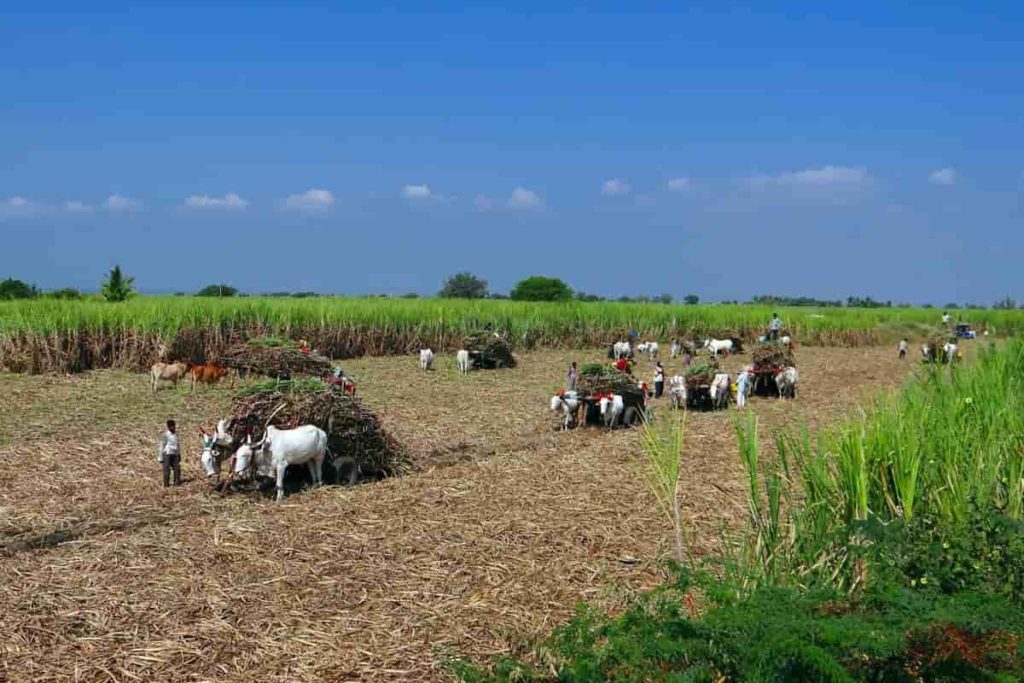
Agriculture is one of the most important aspects of Karnataka’s economy. Karnataka’s topography, like its soil and climate, lends itself well to agricultural activities. Crop production employs most of the population of Karnataka, especially in rural areas. Agriculture in Karnataka occupies about 12.31 million hectares, which is 64.6% of the total area.
Karnataka also has a huge potential for horticulture production, second only to India in this regard. Karnataka’s agriculture is implementing important development plans and strategies to increase productivity, which greatly adds value to Karnataka’s economy. The Indian state of Karnataka consists of 31 districts which are divided into 4 administrative divisions.
District wise crop production in Karnataka
Bagalkot
The major crops grown in Bagalkot are Jowar, Maize, Wheat, Peanut, Sunflower, Green gram, Red gram, Bengal gram, Sugarcane, and Cotton. Horticultural crops such as Sapota, Pomegranate, Banana, Grape, Lime, and Papaya are also widely cultivated in the district. Allied agricultural establishments such as dairy, poultry, farm forestry, sheep and goat rearing, inland fisheries, sericulture are also prevalent. Bagalkot district is primarily an agricultural district as more than 70% of the population is dependent on agriculture.
Ballari (Bellary)
Agriculture is the main occupation in the district and 75% of its total labor force is dependent on agriculture for its livelihood. The major crops grown are Cotton, Millet, Peanuts, Rice, Sunflower, and Cereals. The main source of irrigation in this district is Tungabhadra Dam. The canal network makes up 64% of the irrigated area of the district. The major rivers are Tungabhadra, Hagari and Chikkahagari.
In case you miss this: Groundnut Farming (Peanut); Planting; Care; Harvesting
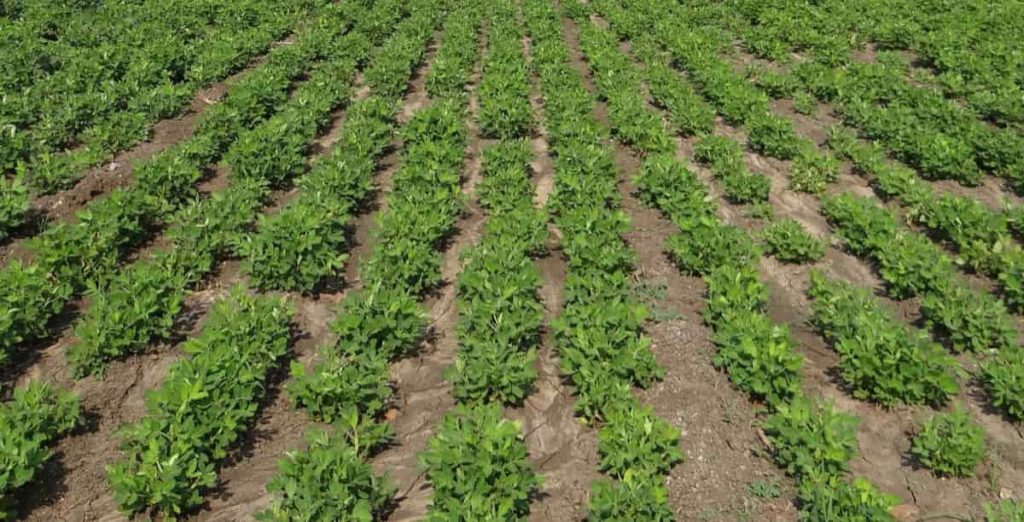
Agriculture has been the source of income for the majority of the people of the state for the last decade. Agriculture is the continuation of the majority of livelihoods through the state; the thinking of people has had a great effect on culture and economics.
Belagavi (Belgaum)
Belagavi is one of the high producing districts of Maize and Soybean, with 1.3 million hectares of Maize and 100,000 hectares of Soybean. Farmers grow Paddy on 67,000 hectares and Cotton on about 37,000 hectares. The major crops grown in the area are Jowar, Maize, Paddy, Wheat, Millet, Gram, Sorghum, Groundnut, Sunflower, Sugarcane, Cotton, Tobacco, etc. Farmers should be encouraged to grow crops that require less water to grow and should be discouraged from growing irrigated crops like Sugarcane and Paddy, especially in areas where water levels are falling.
Bengaluru (Bangalore) Rural
This district includes agricultural and horticultural crops like Silk, Rice, Peanuts, Sugarcane, Castor, Grape, Mulberry, etc. There are plenty of infrastructures such as transport and communications, banking, credit, and marketing. Bangalore Rural District is primarily an agricultural district, with a wide range of industrialization, dairy development, and silk farming.
Bengaluru (Bangalore) Urban
The crops grown in Bengaluru urban include Rice, which is more or less a staple food, Corn, Pulses, and Oilseeds. Also, Sugarcane, Cashew, Cardamom, and Chillies are widely grown in the state. Bengaluru is the largest producer of coarse Cereals, Coffee, and Silk in India. Paddy and Ragi are the main crops grown in the district along with other sub-crops like Maize, Cereals, and Peanuts.
Bidar
Bidar is an agricultural district and a large part of the area is covered by agricultural practices. Mainly dry crops are grown, Jowar is the main Bidar constituent. Green gram, Bengal gram, black Gram, Paddy, Peanut, Wheat, Red Gram, Sugarcane and Chilli are other crops. There are two types of soil found in the district are Lateritic red soil and black cotton soil. Aurad and Bhalki talukas are mainly black cotton soils. Bedar and Humnabad talukas are mainly lateritic red soils.
Chamarajanagar
Farmers of Chamarajanagar are mostly engaged in the cultivation of Millet, Corn, and Paddy. Chamarajanagar district is rich in a unique agricultural situation with diverse crop patterns. The rural population is 86% of the total population of the district. Agriculture is the biggest occupation. Large areas are under rain-fed agriculture, which suffers from the monsoon. Cereals, Oilseeds, Pulses, Vegetables, and planting crops are grown by farmers. Major commercial crops such as Cotton, Sugarcane, Turmeric, and Tobacco are also grown.
In case you miss this: Cotton Cultivation Project Report, Farming Cost, Profit
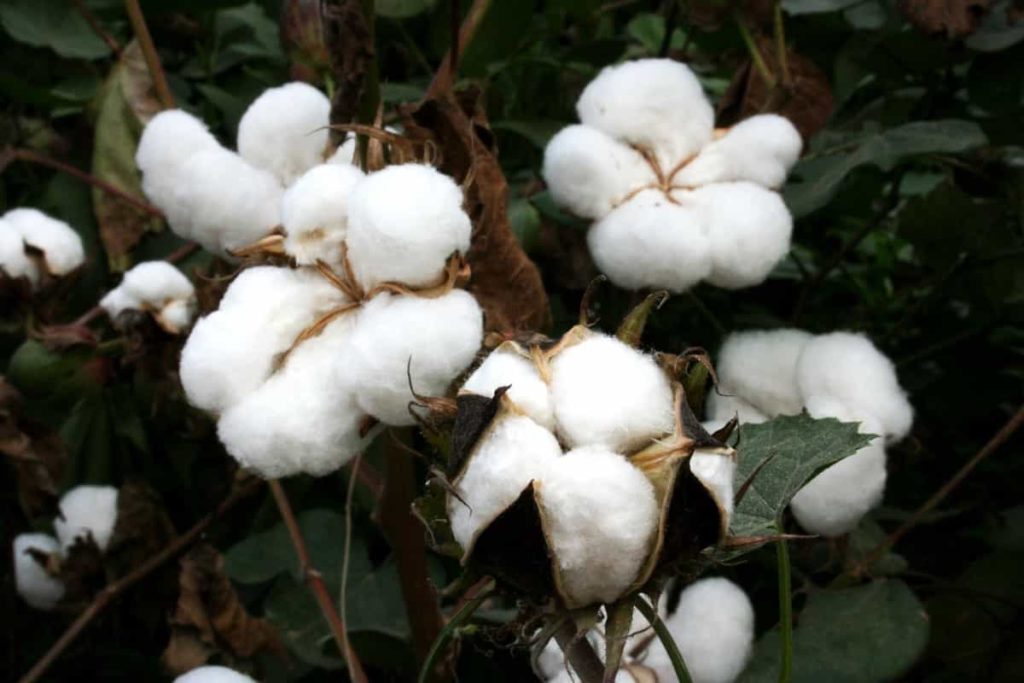
Chikkaballapur
This district is famous for the cultivation of Mango, Grape, Pomegranate, Sapota, Guava, Papaya, Banana, Lemon, and Cut flowers. In addition, farmers are increasingly moving to protected cultivation, especially Carnations, Gerberas, Dutch Roses, Capsicums, Tomatoes, etc. The soil and climate are favorable to field crops such as Ragi, Maize, Pulses and Oilseeds, vegetable and fruit crops. In terms of coverage, the important field crops are Maize (55,801 ha) and Ragi (46,032 ha).
Chikkamagaluru (Chikmagalur)
Agriculture is the economic backbone of the Chikkamagaluru district. Agricultural production in the district is spread in three seasons namely Kharif, Rabi, and Summer. The major crops grown are Cereals, namely Rice, Ragi, Jowar, Maize, and minor millet, pulses like Red Gram, Horse Gram, Green Gram, Black gram, and Bengal gram.
Oilseeds such as Peanuts, Sesame, Sunflower, Castor, and commercial crops such as Sugarcane, Cotton, and Tobacco are also grown here. The Coffee Board located in Chikmagalur town is the government authority that oversees the production and marketing of coffee grown in the district.
Chitradurga
Chitradurga is located in the central arid region of Karnataka district with an average rainfall of 450-500 mm. The major crops of the district are Finger Millet, Maize, Pigeonpea, Peanut, Cotton, Onion, Coconut, Banana, Arecanut, and Millet. The main objective of the Department of Agriculture is to improve the overall production situation of crops including cereals, pulses, oilseeds, and commercial crops by increasing the productivity of the crop thus ensuring the net income of the farmers.
Dakshina Kannada
Horticultural crops such as Arecanut, Coconut, Pepper, Cashew, Banana, vegetables, and flower crops such as Jasmine are widely grown and sustain the district’s economy. The main food crop is paddy and pulses like Green gram, Black gram, and Horse gram are grown in small pockets in paddy bushes with residual soil moisture.
Dakshina Kannada district consists of both plains, hilly and coastal areas which are characterized by heavy rainfall and high humidity during Kharif. It has been observed that horticultural crops like Coconut, Cashew, Rubber, Cocoa, Pepper are dominant. In addition, Banana, Sapota, Papaya, Jackfruit, and Breadfruit crops play an important role in fruit production, followed by vegetables such as Okra, Gourd, Cabbage, Okra, Eggplant, and leafy vegetables.
In case you miss this: Organic Okra Farming (Bhindi/Lady Finger), Cultivation
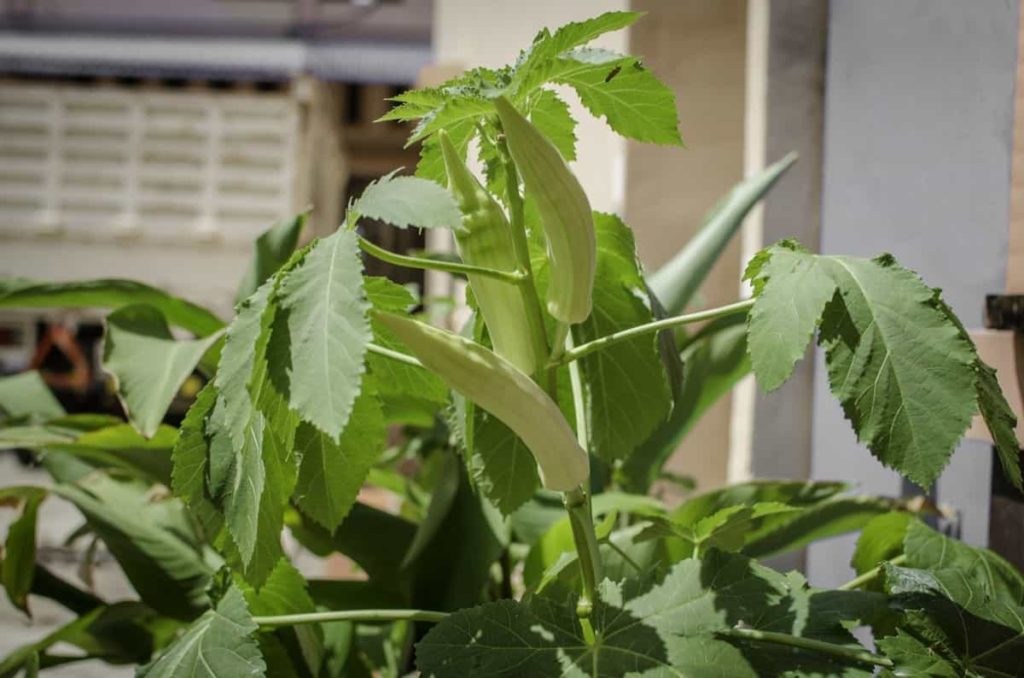
Davangere
Sugarcane, Rice, and Maize are widely grown in the Davangere district. Dryland is available which is suitable for growing fruits and vegetables. The Department of Agriculture is primarily designed to provide agricultural extension services to farmers and to impart state-of-the-art technical knowledge to the farming community, the introduction of high yielding varieties, demonstrations, training of farmers to promote agriculture to improve skills and knowledge for farmers to boost up the agricultural production and productivity.
Dharwad
Jowar, Wheat, Bengal gram, Green gram, Black gram, Tur Dal, Cashew are the cash crops grown in the Dharwad district.
Gadag
- Major Cereals – Wheat and Maize.
- Pulses – Bengal gram, Green gram.
- Oil Seeds – Groundnut, Sunflower.
- Commercial Crops – Sugarcane and Cotton.
- Horticulture Crops.
- Fruits – Mango, Sapota, Banana, Grapes, Pomegranate.
- Vegetables – Tomato, Onion, Brinjal, Chilli.
- Plantation Crop – Coconut, Palm.
- Medicinal and Aromatic crops are Amla, Ashwagandha, and Lemongrass
Hassan
The population of 15.67 lakhs and the average annual rainfall is about 1031 mm. Coffee, Black Pepper, Potatoes, Paddy, and Sugarcane are important crops. District Hassan is located partly in the “malnad” tract and partly in the southern “Maidan” (plains).
Haveri
The major crops grown in Haveri District are Millet, Maize, Cotton, Chilli, Paddy, Ragi, Pulses, Peanuts, Horse Gram, Sugarcane, and Sunflower. This district has excellent agro-climatic conditions for high-value horticulture or Mulberry cultivation and quality seed production.
Kalaburagi (Gulbarga)
Kalaburagi district is a dominant agricultural district rainfed agriculture is the major occupation of the majority population except for a few cement industries, the district trailing in industrialization. That is why people are forced to depend on agriculture for their livelihood. Jowar, Groundnut, Paddy, and Pulses are important crops.
Kodagu
Agriculture is practiced more in Kodagu, characteristically and historically, paddy fields are found on slopes, especially in the hills around Madikeri, with Coffee and Pepper plantations. The most common planting crop is Coffee, especially the type of coffee robusta.
Kolar
The main crops grown in Kolar are Finger Millet, Groundnut, and Pulses. Finger millet occupies about 45% of the total cultivated area. The major irrigated crops are Paddy, Mulberry, Sugarcane, Potato, and other vegetables. The main commercial fruit crops grown are Mangoes and Grapes.
In case you miss this: Greenhouse Potato Production – Farming, Cultivation, Growing In Winter
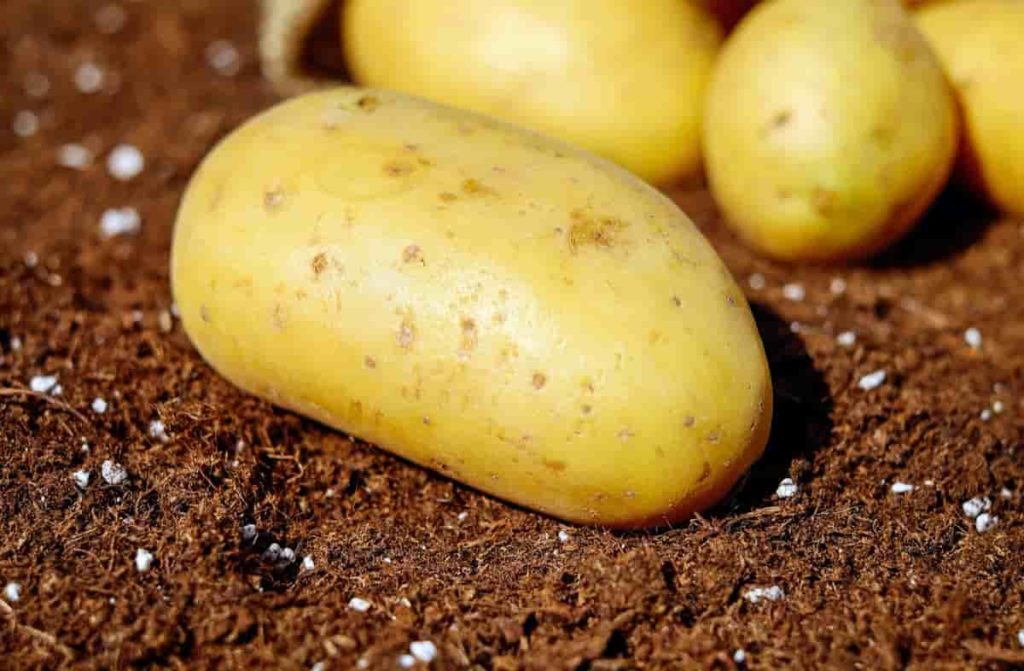
Koppal
Agriculture in the Koppal district depends on rainfall, irrigation tanks, wells, rivers, etc. Jowar, Bajra, Wheat, Maize, Paddy, Horse Gram, Green Gram, Cowpeas, and commercial crops are Groundnut, Sesame, Cotton, Niger seeds. Paddy, Bengal gram, Bajra, Horsegram, Turdal, Greengram, Cowpeas, Maize, and Wheat are the major agricultural food crops and the commercial crops are Sunflower, Groundnut, Till, Cotton, Sugarcane, Castor, and Nigerseeds.
Mandya
Ragi (85,467 ha), Rice (79,892 ha), Sugarcane (30,630 ha), Pulses (mainly Horse gram and to some extent Tur, Cowpea, Green Gram, Black Gram), and Oilseeds (mainly Peanuts and Sesame) are the major crops in this district. Agriculture is the most important activity in the Mandya district. This is one of the most agriculturally prosperous districts of Karnataka.
Mysuru (Mysore)
Some of the major crops grown here are Cotton, Grams, Peanut, Millet, Maize, Ragi, Rice, Sugarcane, Sunflower, and Tur. Climate conditions are conducive to the growth of horticultural crops. Tobacco, Coffee, Cashew, Potato, Sugarcane, Cotton, Orange, and Coconut are the major commercial crops of the Mysore division.
Raichur
Paddy, Jowar, Maize, Cotton, Ground Nut, Sugarcane, Wheat, and Sunflower are the major crops grown in the Raichur district.
Ramanagara
Horticulture crops include fruits, plantation crops, vegetables, flowers, spices, and medicinal plants. Major horticultural crops grown in Ramangara include Mango, Coconut, Banana, Papaya, Arecanut, Sapota, Pomegranate, Tomato, Eggplant, Pepper, Aster, Jasmine, Chrysanthemum, etc.
Shivamogga (Shimoga)
The crops grown in this district are Paddy, Arecanut, Cotton, Maize, Oilseeds, Cashew Nuts, Pepper, Chilli, Ginger, Ragi. Karnataka is the largest producer of arcane in India, mostly grown in the Shimoga district. Ginger (3,828 ha), Pepper (4,131 ha), Cardamom (110 ha), Tree spice, and Nutmeg crops are very popular.
Fruit crops such as Banana (6,321 ha), Mango (3,618 ha), and Pineapple (1,475 ha) are being cultivated. Vegetable crops like Chilli, Beans, Eggplant, Tomato, Cabbage, and leafy vegetables are also grown in some regions. Mango, Sapota, Coconut, and Arecanut crops are growing on a large scale while Oil Palm, Cashew, Jasmine, Cocoa, Aonla, Cherry, and Kamarak are growing on a small scale. The Horticulture Department produced good-quality seeds and distributed them directly to the farmers.
Tumakuru (Tumkur)
Horticultural crops include planting crops, fruits, vegetables, flowers, spices, and medicinal plants. Major horticultural crops grown in Tumakuru include Coconut, Arecanut, Banana, Mango, Sapota, Pomegranate, Tomato, Eggplant, Pepper, Aster, Jasmine, Chrysanthemum, etc. Farmers want to grow horticultural crops.
Udupi
Horticulture has emerged as an important sector for agricultural diversification. It has built credibility for increasing productivity, creating jobs, and increasing exports, as well as improving income by providing domestic food security. Horticultural crops are an important source of income for farmers.
Planting crops such as Coconut, Arecanut, Cashew, Rubber; Spicy crops like Pepper, Ginger, Turmeric; fruit crops Mango, Pineapple, Sapota, and Banana; Vegetables such as Eggplant, Okra, Cucumber, Chilli, and leafy vegetables are being grown in the district. In recent times, aromatic crops such as Vanilla, flower crops such as Jasmine, Chrysanthemum, Orchids, and Anthuriums have become the focus of farmers’ attention.
In case you miss this: Organic Pineapple Cultivation – Farming In India
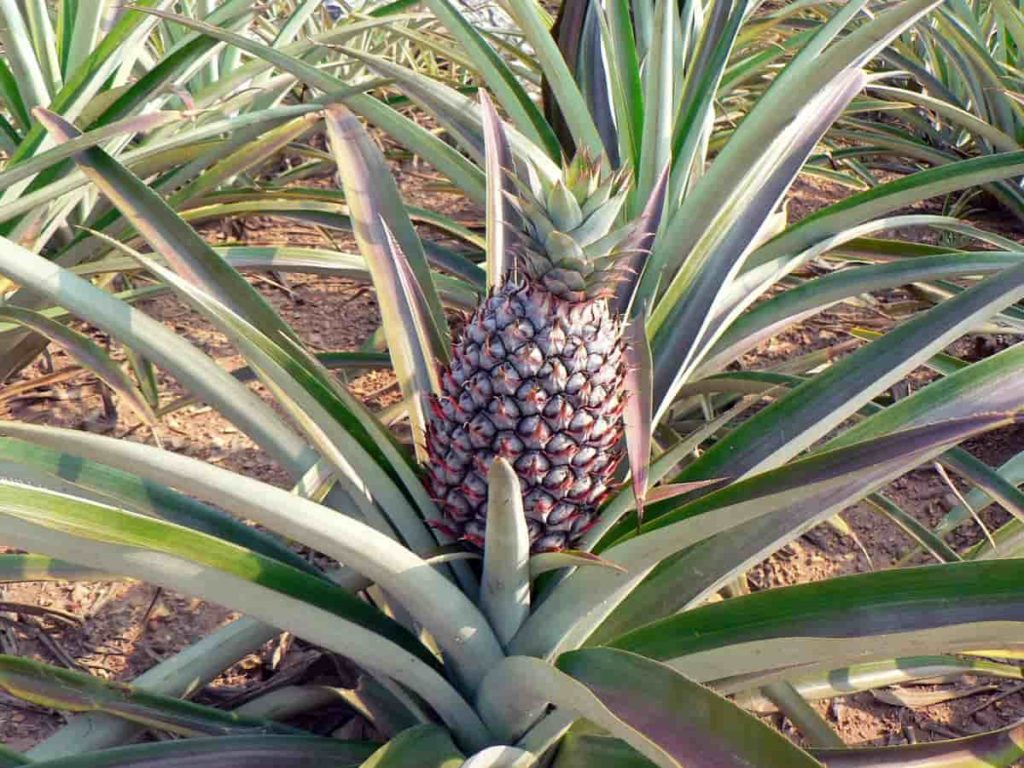
Uttara Kannada (Karwar)
Access to forest / non-traditional fodder crops / fodder crops. The availability of small-scale food processing industries, Cashew, Pineapple, Coconut, and Vanilla processing industries provides ample scope for expansion of such horticultural crops.
Vijayanagara
In the Empire, the majority of the people were engaged in the popular agriculture of growing rice, wheat, ragi, cotton, sugarcane, and pulses. There were Coconut, Areca, and Betel plantations.
Vijayapura (Bijapur)
Farmers are preparing fields for crops like Jowar, Sunflower, and Saffron which are prominent in the Rabi season.
Yadgir
Generally, the climate of the Yadgir district is dry and healthy. The area under net sowing in the district is 72.1% of the total cultivable land, which is 3239.1 sq. Km. The major crops grown in the district are Millet, Red gram, Sunflower, and Groundnut.
- Economical Aquaculture: A Guide to Low-Budget Fish Farming
- 15 Common Planting Errors That Can Doom Your Fruit Trees
- How to Make Houseplants Bushy: Effective Tips and Ideas
- Innovative Strategies for Boosting Coconut Pollination and Yield
- Pollination Strategies for Maximum Pumpkin Yield
- The Complete Guide to Chicken Fattening: Strategies for Maximum Growth
- Natural Solutions for Tulip Problems: 100% Effective Remedies for Leaf and Bulb-Related Issues
- Revolutionizing Citrus Preservation: Towards a Healthier, Greener Future
- Natural Solutions for Peony Leaf and Flower Problems: 100% Effective Remedies
- Maximizing Profits with Avocado Contract Farming in India: A Comprehensive Guide
- Natural Solutions for Hydrangea Problems: 100% Effective Remedies for Leaf and Flowers
- The Ultimate Guide to Choosing the Perfect Foliage Friend: Bringing Life Indoors
- From Sunlight to Sustainability: 15 Ways to Use Solar Technology in Agriculture
- The Ultimate Guide to Dong Tao Chicken: Exploring from History to Raising
- The Eco-Friendly Makeover: How to Convert Your Unused Swimming Pool into a Fish Pond
- Mastering the Art of Delaware Chicken Farming: Essentials for Healthy Backyard Flocks
- 20 Best Homemade Fertilizers for Money Plant: DIY Recipes and Application Methods
- How to Craft a Comprehensive Free-Range Chicken Farming Business Plan
- Brighten Your Flock: Raising Easter Egger Chickens for Beauty and Bounty
- How to Optimize Your Poultry Egg Farm Business Plan with These Strategies
- Subsidy for Spirulina Cultivation: How Indian Government Schemes Encouraging Spirulina Farmers
- Ultimate Guide to Raising Dominique Chickens: Breeding, Feeding, Egg-Production, and Care
- Mastering the Art of Raising Jersey Giant Chickens: Care, Feeding, and More
- Ultimate Guide to Raising Legbar Chickens: Breeding, Farming Practices, Diet, Egg-Production
- How to Raise Welsummer Chickens: A Comprehensive Guide for Beginners
- How to Protect Indoor Plants in Winter: A Comprehensive Guide
- Ultimate Guide to Grow Bag Gardening: Tips, Tricks, and Planting Ideas for Urban Gardeners
- Guide to Lotus Cultivation: How to Propagate, Plant, Grow, Care, Cost, and Profit
- Agriculture Drone Subsidy Scheme: Government Kisan Subsidy, License, and How to Apply Online
- Ultimate Guide to Raising Araucana Chickens: Breed Profile, Farming Economics, Diet, and Care
- Bringing Hydroponics to Classroom: Importance, Benefits of Learning for School Students
- Ultimate Guide to Raising Polish Chickens: Breed Profile, Farming Economics, Diet, and Care
- Ultimate Guide to Raising Australorp Chickens: Profile, Farming Economics, Egg Production, Diet, and Care
- Silkie Chicken Farming: Raising Practices, Varieties, Egg Production, Diet, and Care
- Sussex Chicken Farming: Raising Practices, Varieties, Egg Production, Diet and Care
- Homemade Feed Formulations for Livestock: Discover Cost-effective Starter to Finisher Feed Recipes
Thank you so much I’m very helpful to you